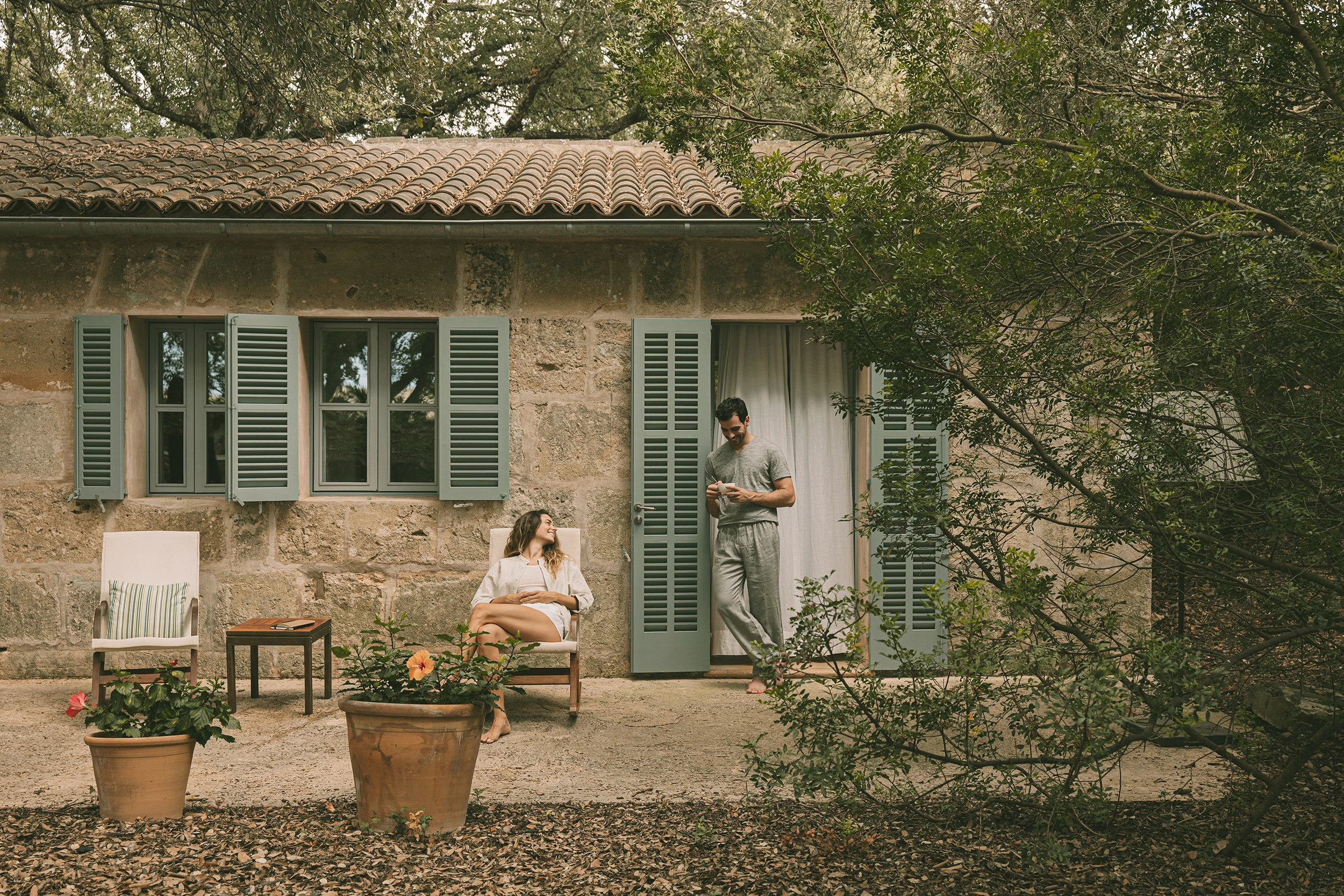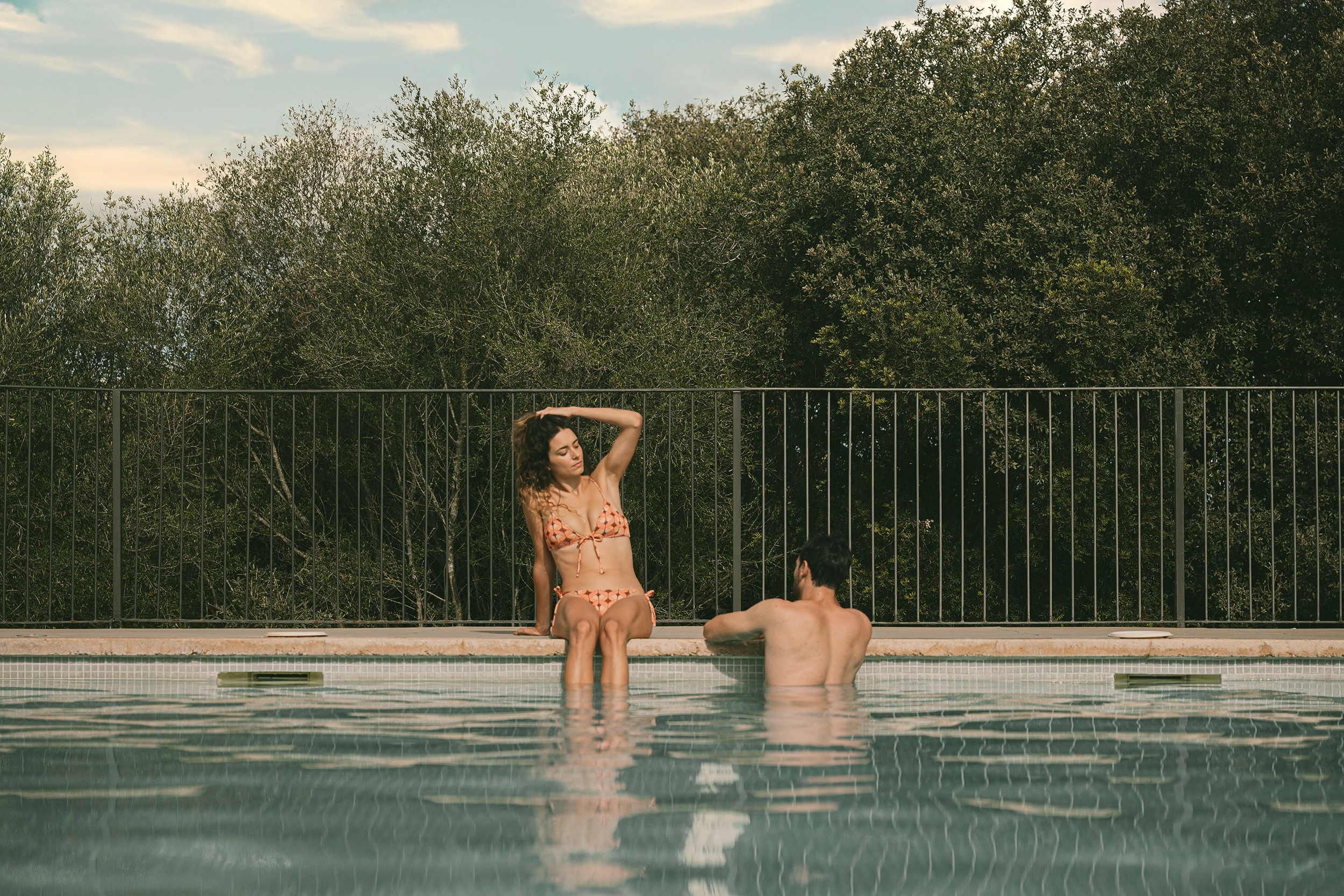5/9/22
Ses Fonts Ufanes: Get to know this unique natural phenomenon
Have you ever seen or heard of Ses Fonts Ufanes? If you haven't, then here at Son Jaumell, we'd like to tell you what it is and why it's a phenomenon you just mustn’t miss.
What is Ses Fonts Ufanes?
Ses Fonts Ufanes is a natural source of water with intermittent dispersed springs that appear suddenly and with considerable force. Ses Fonts Ufanes is a quite unique natural phenomenon in Mallorca. In fact, it’s the most remarkable hydrological phenomenon on the island, located on the Gabellí Petit estate, in the municipality of Campanet.
Normally, these surges of water are caused by the water accumulating, and the aquifers in the area overflowing due to a period of rain. This takes place specifically in the Puig Tomir massif and its surroundings. When this occurs, the water looks for a way out. It then emerges from the ground and begins a new route through the Teló torrent, where it will join springs from other areas. Together, they’ll reach the Sant Miquel torrent.
If you want to witness this phenomenon, you’ll have to wait for a period of heavy rainfall, as very soon afterwards they’ll start to burst forth, normally in Autumn and Winter.
How is the road to the area?
The trip to Ses Fonts Ufanes is one of the shortest on the island - only a 40-minute walk. 20 minutes to get to the top, and 20 to descend, starting from the entrance to the Gabellí Petit estate.
It’s a circular route that goes up on one side and down on the other, allowing you to explore and get to know the area in depth. Moreover, practically the entire path is easily passable, even for pushchairs, which makes Ses Fonts Ufanes an ideal excursion for both adults and children.
The Gabellí Petit estate is open to visitors every day of the year, from 10 am to 5 pm. However, finding a parking space can be quite tricky. The best options are to arrive early in the morning, before ten o'clock, or to park in the
What you can and can’t do
Before you set out for Ses Fonts Ufanes, it’s good to know what you can and can’t do in the area.
You don’t need a permit to travel to the area, for example. Activities to maintain or conserve the landscape of the area are also permitted, but without moving the stones or earth.
If a research project is to be carried out in which field work, sample collection, or tapping of the underground resources of the hydrogeological surroundings is necessary, then a written authorisation is required.
Under no circumstances may signs be erected or the soil classification changed. And, if you were thinking of going camping in the area, then you should know that this isn’t allowed either.












